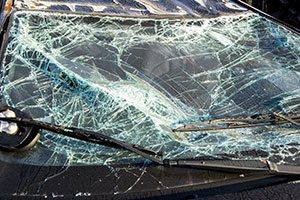This past Sunday’s tragic pedestrian death of a 4 year-old girl at the intersection of Congress and Sleeper streets in the Seaport area of Boston, has drawn attention to the question of which cities & towns in Massachusetts have the highest rates of fatal auto accidents. She was killed when struck by a pickup truck. The intersection is very near to the Boston Children’s Museum. A horrific incident. The lives of her parents and family will never be the same.
This is made all the more tragic by the story behind the story. You see, not all traffic intersections are created equal, nor are all cities and towns equally safe or equally dangerous. Some municipalities stand out as especially dangerous, and a recent study from the Massachusetts Department of Transportation (MassDOT) has made this clear.
This study examined 218 traffic locations in Massachusetts that have seen at least 500 motor vehicle crashes between the years of 2019 and 2023. The objective was to identify which locations involved the highest percentage of fatalities from motor vehicle accidents. Statistically, these are the most unsafe areas to drive in Massachusetts. Not a pleasant topic – especially for the family and friends of those killed or injured in these locations. So, here is what can be called the “Massachusetts Traffic Fatalities Hall of Shame.” I call it the Hall of Shame because many of these cities and towns were aware of these dangerous roads in their communities, but apparently did not take effective action to correct them. This despite the fact that proactive measures can be taken to reduce these tragedies, as there were 11 towns that were part of the MassDOT study that didn’t record a single fatal roadway accident between 2019 and 2023. Obviously, those cities and towns are doing something right.
 The Kickham Comment - Boston Accident Lawyer Blog
The Kickham Comment - Boston Accident Lawyer Blog










